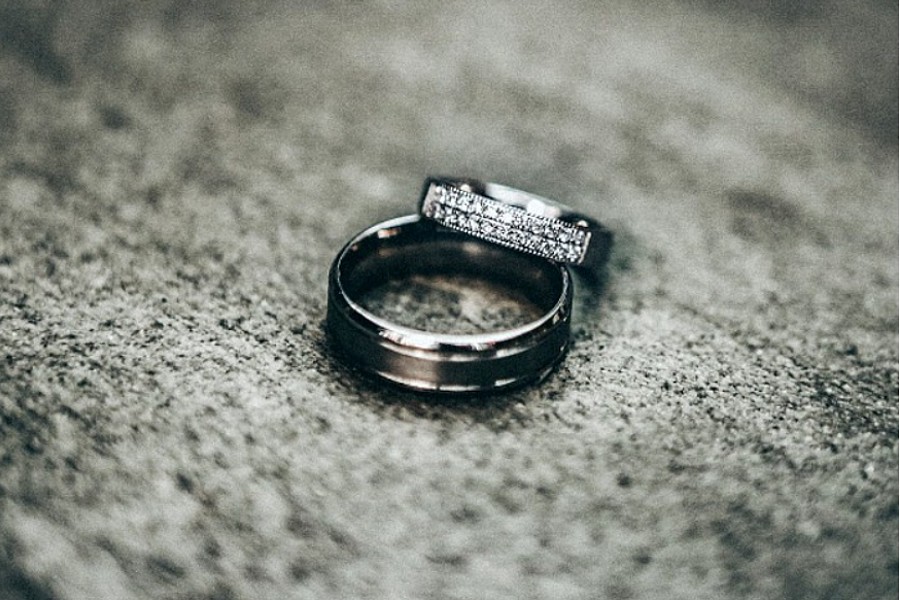
After Jimi Hendrix’s discharge from the army, he earned his living as a traveling musician on the so-called Chitlin’ Circuit—the circuit of venues throughout the segregated South that booked black musicians.Hendrix backed such giants of R&B, soul, and electric blues as Wilson Pickett and Sam Cooke, and during those early years with his own band the King Casuals, the Nashville scene he’d settled into, and the circuit gigs, he perfected the stylistic quirks and stunts that would make him world famous just a few years later—playing right-handed guitars upside down as a lefty, playing solos with his teeth and behind his head—often to the irritation of his bandmates and employers. He wanted to do his own thing, but he paid his dues, jamming with and learning from some of the top acts in early rock & roll while Eric Clapton and Keith Richards were listening to those same groups on the radio, painstakingly copying their sound.
After nearly two years on the circuit, the restless and flamboyant young Hendrix, chafing under the direction of strict bandleaders, finally had enough of Tennessee and moved to Harlem to strike out on his own, but he still worked as a sideman: he recorded with the Isley Brothers, toured with Little Richard, and in 1965, he made his first ever TV appearance with a pair of Long Island singers named Buddy and Stacy on Nashville’s Channel 5 program Night Train, doing the Junior Walker & the All Stars top-ten hit “Shotgun.” In the video above you can see Hendrix (to the right of the drummer), grooving behind the foppishly-dressed vocal duo. Note how his moves are out of sync with the rest of the band, all right-handed players. Note how his pompadour is slightly unkempt. Note, if you watch closely, his right hand traveling up and down the neck of his guitar, pulling off some killer runs—in a song that stays on one note for the duration—even while stuck behind the action.
This performance marks one of the last times Hendrix would stand in the shadows of other bandleaders. After working steadily in the studio as a session player in 1966, he formed his own band, the Blue Flame (as Jimmy James), and took up residence at the historic Café Wha? in Greenwich Village (where my father saw him play, he tells me, and was floored, having no idea who the guy was). ’66 is the year Hendrix fully crossed over (some said sold out; some said sold his soul) from the soul/R&B circuit to mainstream rock & roll success. He wouldn’t crack the U.S. until his legendary appearance at the Monterey Pop Festival in June of 1967, but after forming the Jimi Hendrix Experience in late ’66, he wowed audiences in Europe with his first single “Hey Joe,” and appeared on UK TV shows Ready Steady Go! and Top of the Pops. Three months before Monterey, the band appeared on popular German TV program Beat Club. Check out their performance below, doing “Hey Joe” and “Purple Haze.” Hendrix doesn’t set any fires, but he does get in a solo with his teeth.
Become a Harlem Insider!
By submitting this form, you are consenting to receive marketing emails from: . You can revoke your consent to receive emails at any time by using the SafeUnsubscribe® link, found at the bottom of every email. Emails are serviced by Constant Contact








